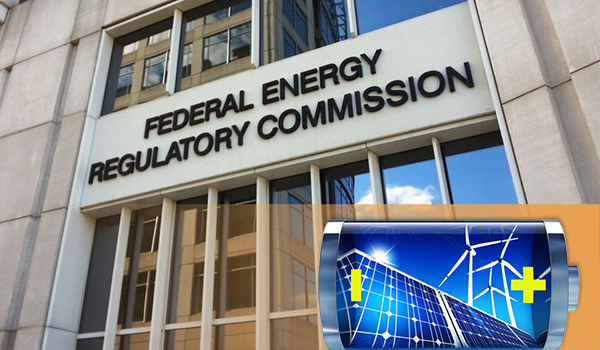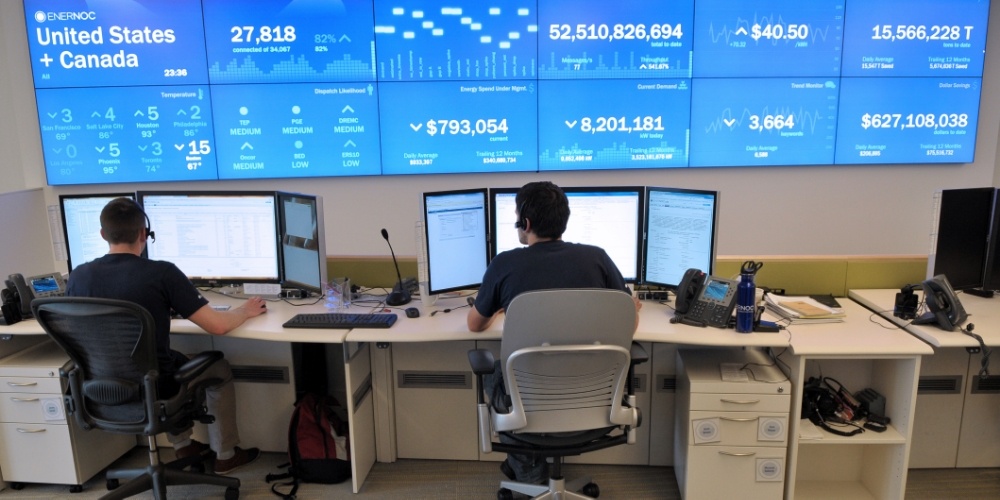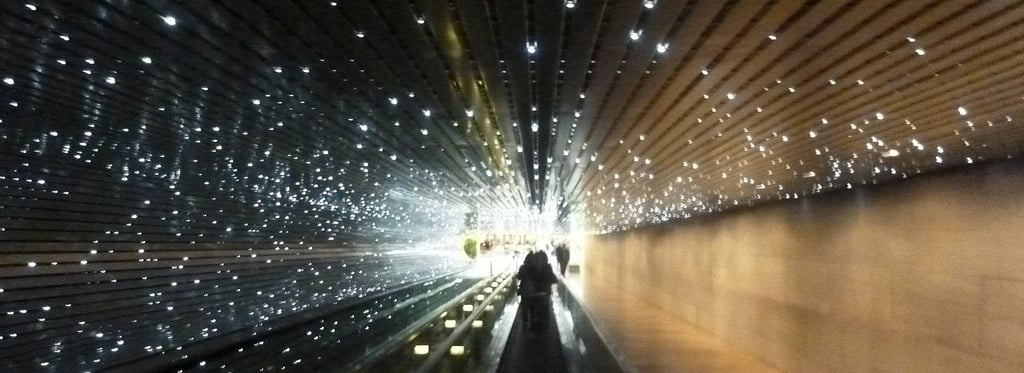
Last Thursday, the Federal Energy Regulatory Commission (FERC) released a long-awaited final order on its storage and distributed energy resource (DER) docket. This is a big step toward opening up the wholesale electricity markets under FERC jurisdiction to advanced energy technologies that have not been allowed to compete. Energy storage gets an immediate boost, as regional grid operators will now have to implement market rules to let energy storage participate. Aggregated DERs, which FERC considered in this proceeding at the urging of AEE, will be on a slower path, starting with a technical conference, but are also headed toward market participation. AEE and our member companies will stay engaged until these markets are truly open to all advanced energy technologies.


